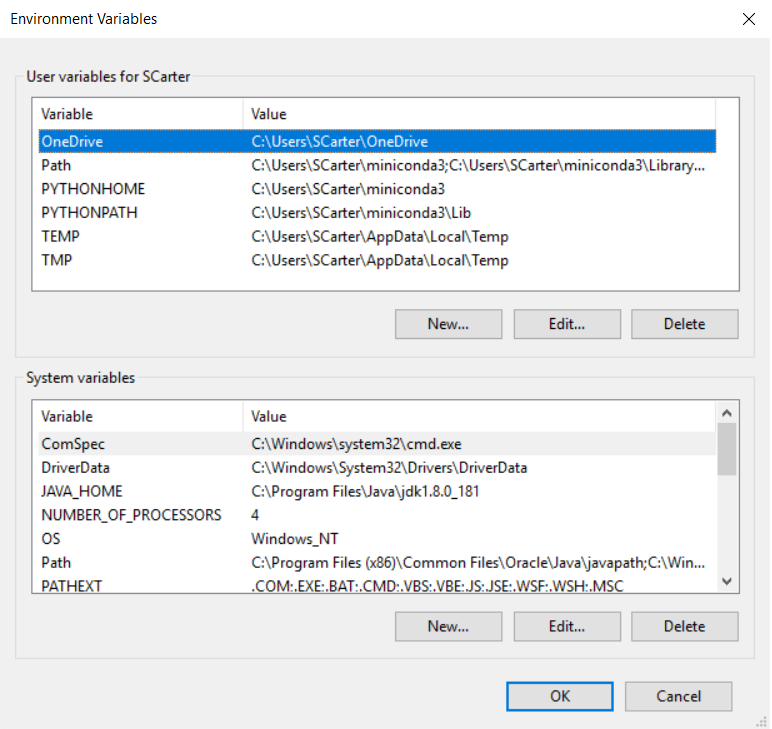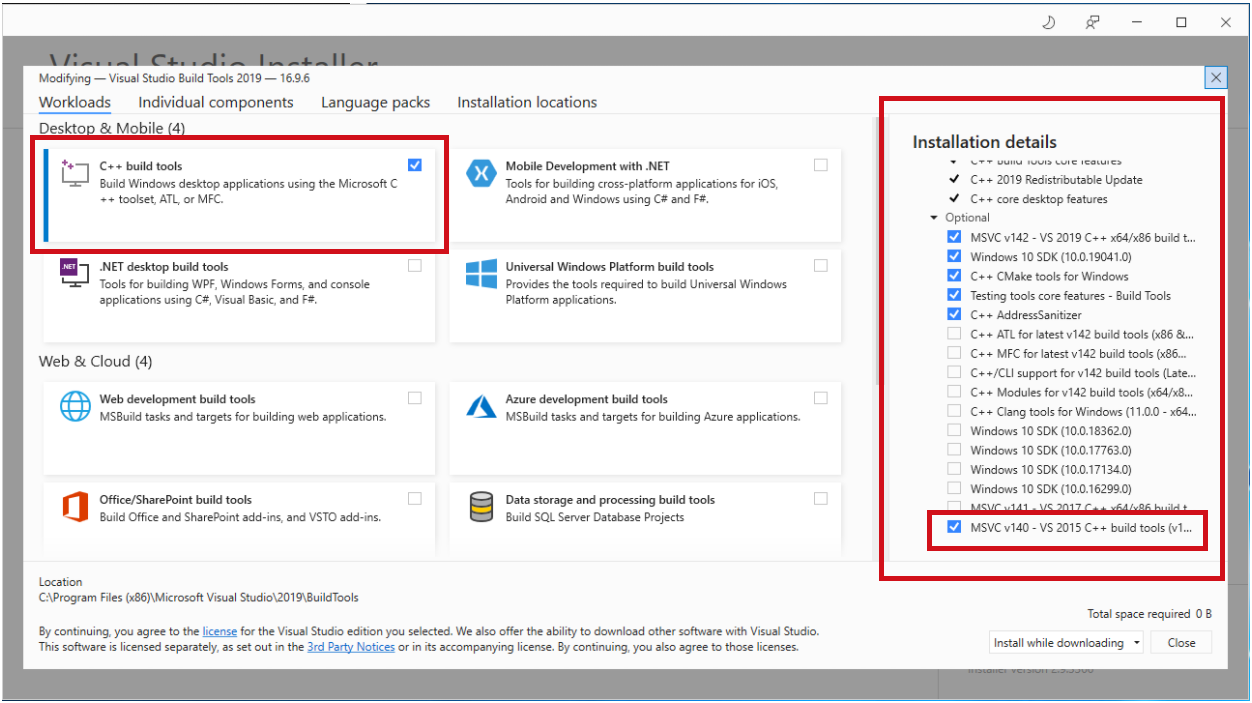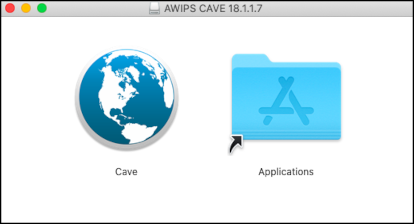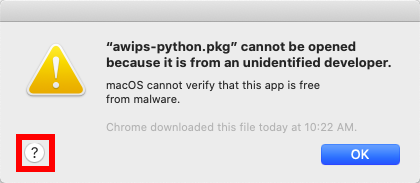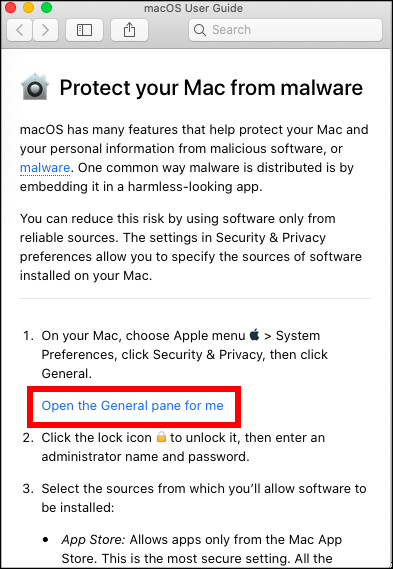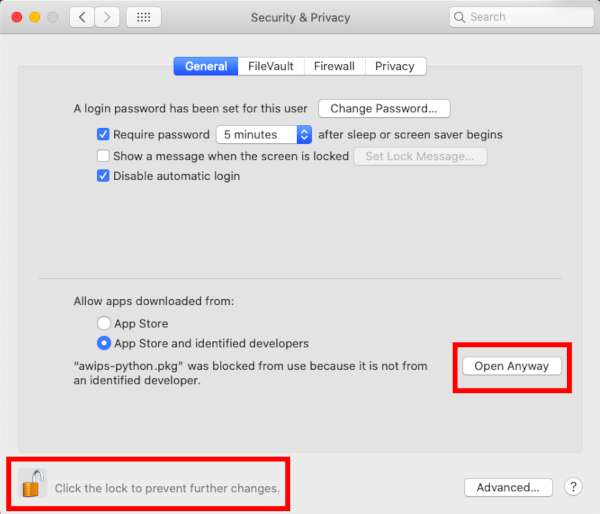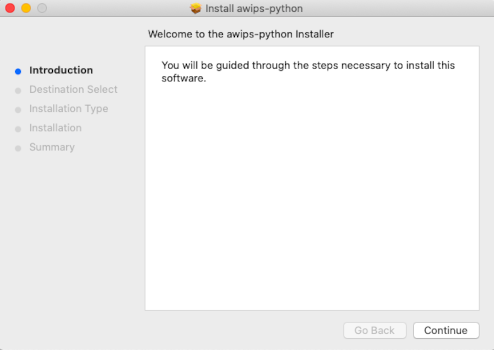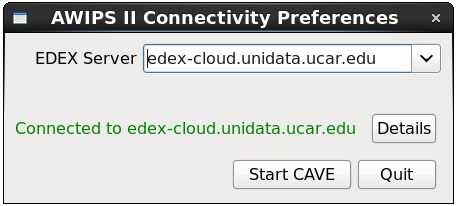12 KiB
Install CAVE
CAVE is the Common AWIPS Visualization Environment that is used for rendering and analyzing data for AWIPS. Unidata supports CAVE to work on three platforms: Centos (Redhat) Linux, Windows, and macOS. The installer may require administrator priviledges to install and may require other system changes (environment variables, etc) as well.
General Requirements
Regardless of what Operating System CAVE is running on, these general requirements are recommended in order for CAVE to perform optimally:
-
Local machine
!!! error "Running CAVE via X11 forwarding or ssh tunneling is not supported. Using a VNC connection is the only remote option, and may result in worse performance than running locally."
-
Java 1.8
-
OpenGL 2.0 Compatible Devices
-
At least 4GB RAM
-
At least 2GB Disk Space for Caching
-
NVIDIA Graphics Card
-
!!! warning "While other graphics cards may work, NVIDIA Quadro graphics card is recommended for full visualization capability"
Linux
System Requirements
- 64 bit CentOS/Red Hat 7
Download and Installation Instructions
- Download the following installer: awips_install.sh
- In a terminal, go to the download directory
- Make the installer an executable by running:
chmod 755 awips_install.sh - Run the installer:
sudo ./awips_install.sh --cave- This will install the application in
/awips2/cave/and set the local cache to~/caveData/
- This will install the application in
Run CAVE
To run CAVE either:
- Use the terminal and type the command
cave - Find the application in the Linux Desktop menu: Applications > Internet > AWIPS CAVE
Windows
For Windows, Unidata offers two installation options: a Linux Virtual Machine, or a Direct Windows Installation.
Currently, the virtual machine (VM) is the recommended form of install for those who do not have administrative priviledges on the machine, or beginners who want a simpler installation process.
!!! warning "At the moment, the VM option may not render all products in CAVE (ex. RGB composites of satellite imagery)"
The direct installation method is recommended for those who have administrative priviledges and a little bit of experience installing more software.
Method 1: Linux Virtual Machine
This method is recommended for beginners, or those with less computer knowledge as it is a very simple installation, however at this time, some CAVE functionality may be missing (ex: rendering RGB satellite images).
System Requirements
- VMWare Workstation Player must be installed (free software)
Download and Installation Instructions
- Download the zipped file containing the virtual machine: unidata_cave.zip
- Unzip the folder by right-clicking and selecting "Extract All". All files will be extracted into a new folder.
- Open VMWare Player and go to Player > File... > Open and locate the folder that was created from the downloaded zipped file. Select the file called "CentOS 7 - Unidata CAVE 18-1-1.vmx".
- Run this new VM option. If it asks if it's been moved or copied, select "I Copied It".
- There will be a user in the Linux machine named "awips" and the password is "awips"
- The root password is "unidataAWIPS" if ever needed
Run CAVE
Once inside the VM, to run CAVE either:
- Use the desktop icon
- Use the terminal and type the command
cave - Find the application in the Linux Desktop menu: Applications > Internet > AWIPS CAVE
Method 2: Direct Windows Install
This method is recommended for personal use and requires Administrative priviledges. It should enable full CAVE capability, but it is a bit lengthy and might take about 20 minutes or so to complete.
For additional assistance we have created an installation video that walks through the steps below.
!!! note "It is important to use the exact versions of software that we link to or specify in our instructions. Deviations may cause installation problems or failures."
System Requirements
- 64-bit Miniconda3 (Python3.7 - 4.8.2)
- Python3 (comes with Miniconda installation)
- 64-bit Java JDK 1.8 (1.8_181)
- 64-bit Visual C++ Build Tools 2015 and 2019
- Numpy (1.15.1)
- Jep (3.8.2)
- User Variable PATH must have miniconda3 location
- User Variables PYTHONHOME and PYTHONPATH must be defined
- System Variable JAVA_HOME must be defined
Download and Installation Instructions
-
Download and install 64-bit Miniconda Python3.7 version 4.8.2 for Windows
-
Download and install the 64-bit Java JDK 1.8_181 (this is necessary so Jep can install properly).
- Select Development Tools as the installation options
- Make note of where it installs on your computer (the default is C:\ProgramFiles\Java\jdk1.8.0_181)
-
Set the environment variables:
-
Access the Environment Variables window by typing "env" in the start bar, hitting enter, and clicking on the "Environment Variables..." button at the bottom of the "System Properties" window
-
User Variables: PYTHONPATH and PYTHONHOME
-
!!! warning "If PYTHONHOME is not set, the gridslice Python module will not be installed or available"
-
-
Download and install 64-bit Microsoft Visual Studio C++ Build Tools
- To access the page linked above you will need a Microsoft account
- Download the executable for Build Tools for Visual Studio 2019 (version 16.9)
- Allow it to run some pre-installations
- The installer will pop up as shown below. Make sure to select the C++ build tools (upper left), and then view the Installation details on the right
-
Install dependent Python packages
- Once the installer has finished, close the installer. Another window is present and there is an option to launch a command terminal
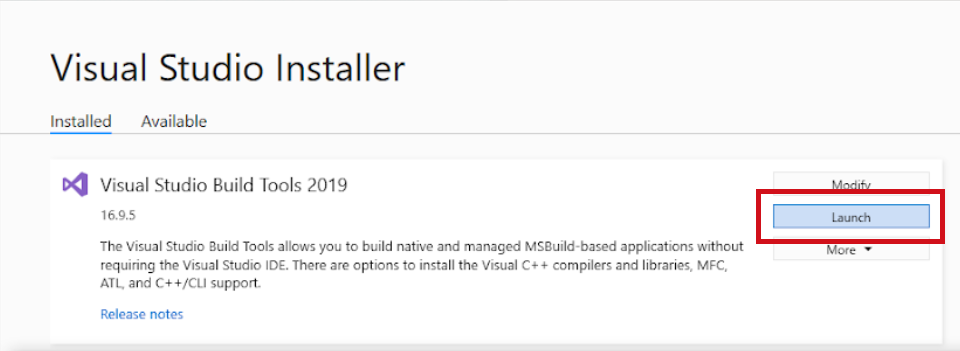
- Click that and run the following:
pip install numpy==1.15.1pip install jep==3.8.2!!! note "These must be run as two separate commands, as stated above for all derived parameters to display properly."
- Once the installer has finished, close the installer. Another window is present and there is an option to launch a command terminal
-
Download and install: awips-cave.msi
- In addition to the application directory, the MSI installer will attempt to copy the gridslice shared library to
$PYTHONHOME/Dlls/. If the$PYTHONHOMEenvironmental variable is not defined gridslice will not be installed. You can check to see if it was installed in the Dlls directory after you have completed steps 1-3. !!! note "CAVE will still run without gridslice, but certain bundles which use derived parameters, such as isentropic analysis, will not load."
- In addition to the application directory, the MSI installer will attempt to copy the gridslice shared library to
Run CAVE
To run CAVE, either:
- Type "cave" in the start bar and hit enter
- Find and run CAVE app in the file browser: C:\Program Files\Unidata\AWIPS CAVE\cave.exe
macOS
System Requirements
-
Will need admin privileges to install python package
-
NVIDIA Graphics card is recommended, some Intel Graphics cards will working
!!! warning "Most AMD graphics cards are not supported"
Download and Installation Instructions
-
Download and install: awips-cave.dmg
-
Either use the default location, which is in the system-wide "Applications" directory, by clicking and dragging the CAVE icon into the Applications folder, in the window that pops up when installing:
-
Or open a new Finder window to your [user home]/Applications/ directory (if it doesn't exist, simply create a new folder with the name "Applications"), and drag the CAVE icon into that folder:
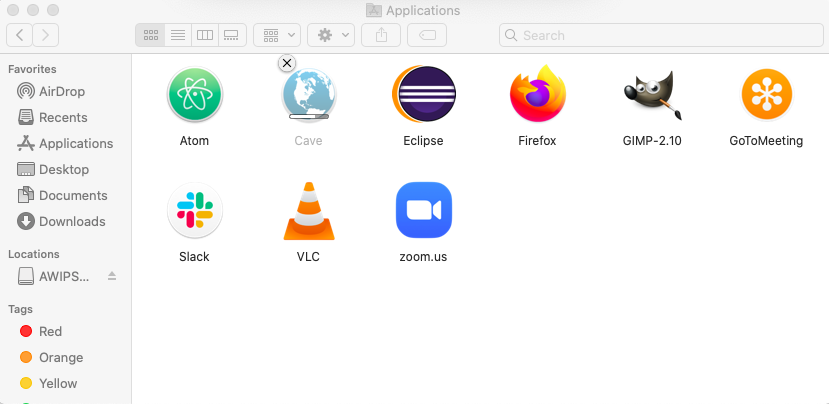
-
This will install CAVE as an application and set the local cache to
~/Library/caveData
-
-
Download and install: awips-python.pkg (This step requires administrative privileges)
-
Your computer may show a message saying it doesn't reconignize the developer, if so click the "?" button:
-
Next, open the security panel by clicking the link:
-
First, unlock the panel by clicking the lock image in the bottom left corner and entering an Administrator's password. Then, click the "Open Anyway" button to allow the awips-python.pkg to run:
-
This will launch the installer:
!!! note "The awips-python.pkg is not necessarily required, and CAVE will still run without it, but any derived data such as barbs, arrows, and various grid products will not render without having jep installed (it is assumed to be in /Library/Python/2.7/site-packages/jep/)"
-
Run CAVE
To run CAVE either:
- Use the System Menu Go > Applications > CAVE
- Type ⌘ + Spacebar and then type "cave", the application should appear and you can hit enter to run it
EDEX Connection
Unidata and XSEDE Jetstream have partnered to offer a EDEX data server in the cloud, open to the Unidata university community. Select the server in the Connectivity Preferences dialog, or enter edex-cloud.unidata.ucar.edu (without http:// before, or :9581/services after).
Local Cache
After connecting to an EDEX server, you will have a local directory named caveData which contains files synced from EDEX as well as a client-side cache for data and map resources.
You can reset CAVE by removing the caveData directory and reconnecting to an EDEX server. Your local files have been removed, but if you are re-connecting to an EDEX server you have used before, the remote files will sync again to your local ~/caveData (bundles, colormaps, etc.).
- Linux:
/home/<user>/caveData/ - macOS:
/Users/<user>/Library/caveData/ - Windows:
C:\Users\<user>\caveData\
